To Stop Spotted Lanternflies, These Dogs Are Sniffing Them Out
A citizen science project is turning canines into crop protectors, and challenging what researchers know about dogs’ powerful noses.
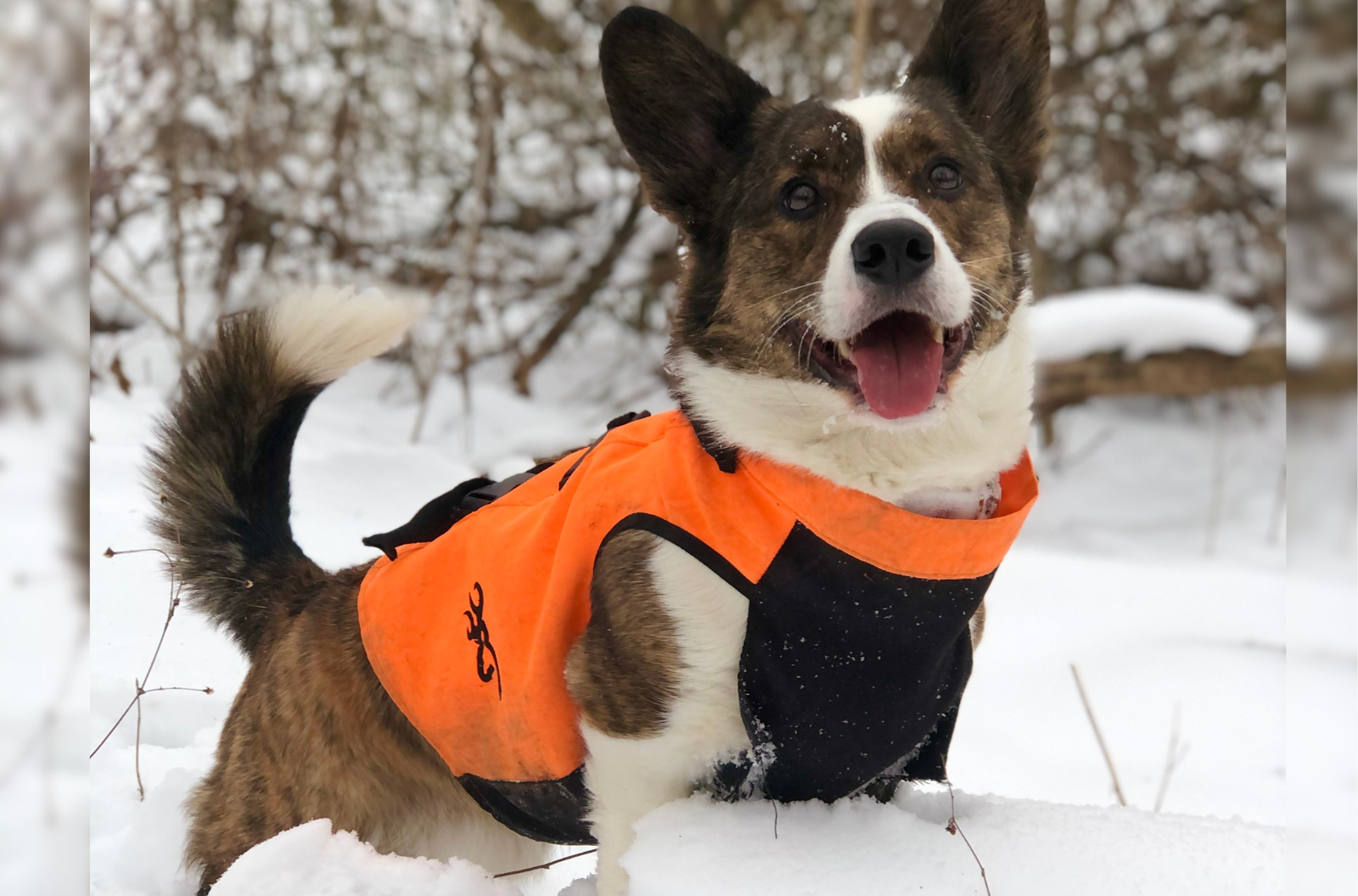
Bronco, a 6-year-old Cardigan Welsh corgi that learned to sniff out spotted lanternfly eggs as part of the Canine Citizen Science Study. Credit: Paige Malone
 Last fall, at a construction site in Ohio, Bronco marched down rows of heavy equipment, hunting a killer. His target: eggs of the spotted lanternfly, an invasive insect that’s harmless to humans but a menace to more than 70 plant species, fruit crops especially.
Last fall, at a construction site in Ohio, Bronco marched down rows of heavy equipment, hunting a killer. His target: eggs of the spotted lanternfly, an invasive insect that’s harmless to humans but a menace to more than 70 plant species, fruit crops especially.
Lanternfly eggs are tough to spot. They usually appear as white, tan, or gray patches about the size of a small Band-Aid on the trunks of plants or undersides of branches. They’re also excellent hitchhikers that travel throughout the East Coast by sticking to vehicles, outdoor equipment, or shipping supplies humans move from one state to the next.
For farmers, these sneaky superspreaders can spell financial doom. In 2019, researchers in Pennsylvania estimated that lanternflies could cost the state roughly $325 million annually in crop, timber, and labor losses if they were to spread statewide. That’s why some scientists are sending in the dogs.
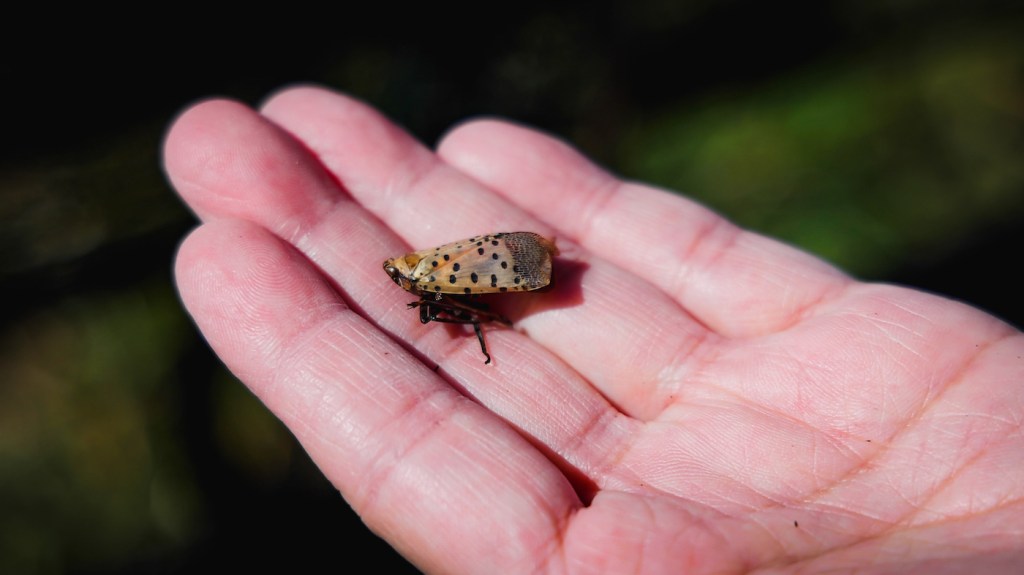
Bronco is a 6-year-old corgi, a breed that’s more famous for their cute faces and butts than for their ability to track invasive species. Now, he’s one of roughly 180 dogs nationwide that are part of the Canine Citizen Science Study, an initiative that’s training dogs to sniff out lanternfly eggs before they hatch and wreak havoc.
The project is a collaboration between Virginia Tech University, which is running the study, and the Texas Tech University Canine Olfaction Lab, which conducts research aimed at uncovering the potential (and limits) of dogs’ sensitive snouts and finding new methods of leveraging them. In addition to lanternfly eggs, Canine Olfaction Lab researchers have trained dogs to detect explosives and invasive aquatic larvae. In the process, they’re upending some long-held beliefs about how dogs detect and identify scents.
“There’s a lot that we take for granted about how dogs smell the world around them or how it works when you train a dog to find a particular kind of smell,” says Dr. Nathaniel Hall, the Canine Olfaction Lab’s director. “… we’re trying to bring the science to it.”
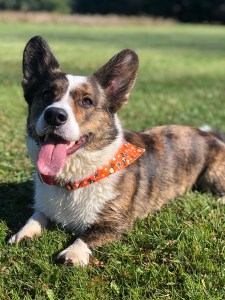
Bronco is part of that mission. Years before he began hunting insect eggs, Bronco’s handler, Paige Malone, trained him for sport scent work—recreational competitions wherein dogs race to find hidden cotton swabs laced with essential oils, usually clove, birch, anise, or cypress scents. While Bronco would slow down near a scent, he wouldn’t stop and hold his nose in the swab’s exact location—a move that alerts the handler that a desired smell has been found.
Malone knew that Bronco could track odors despite being a middling competitor, so when she spotted a Facebook post about the citizen science project in February of 2023, she signed up. So did more than 1,500 dog handlers nationwide, including her mother. Together, they formed part of the study’s Ohio team—five dogs and five handlers eager to see if their pups could learn to find eggs like professional lanternfly detection dogs that are used by a handful of local and state agencies along the East Coast.
Soon, a package containing tiny mesh pouches with frozen, non-viable lanternfly eggs arrived. Malone spent 10 minutes a day over a few months training Bronco to identify the eggs. Then it was time to test.
That summer, the Ohio team waited outside an empty conference room while inside, team leaders placed six boxes—each containing egg masses, other distracting smells, both, or nothing at all—on the floor. Each dog had 90 seconds to identify which boxes held eggs, then repeated the exercise nine more times with boxes, eggs, and smells rearranged after each trial.
Bronco “breezed right through it,” Malone says, adding that when he smelled eggs, the dog immediately struck the point-and-freeze position he couldn’t do in scent competitions. “It was a really big surprise for me.”
And Bronco kept breezing through it, when Virginia Tech researchers hid frozen eggs at a muddy construction site, when they ran a modified box test outside using live eggs, and in a local forest where Bronco successfully distinguished between areas where researchers had planted no eggs, just a few, or many to represent a full infestation.
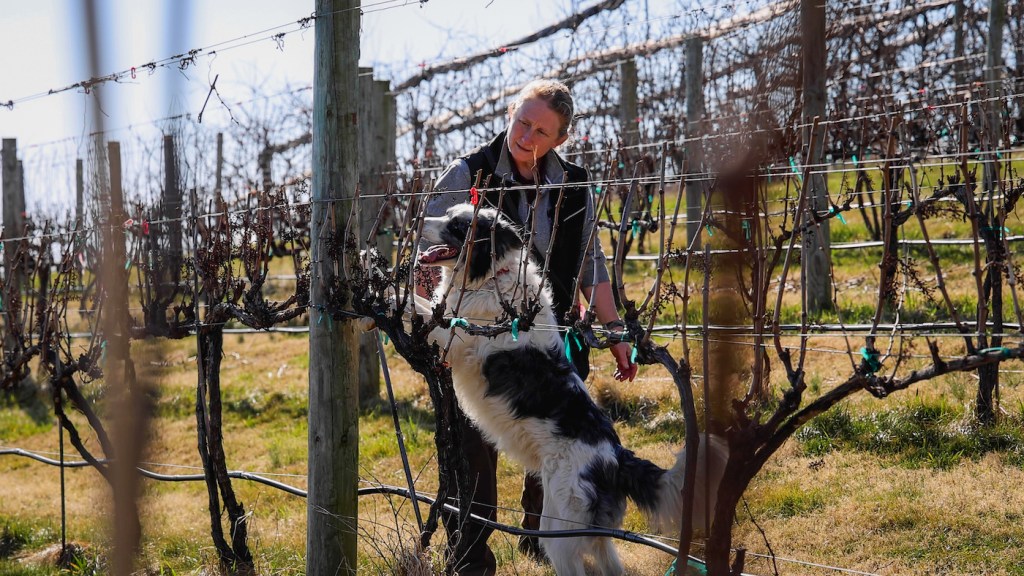
Bronco wasn’t alone. Sally Dickinson, an animal science PhD student at Virginia Tech who’s running the study along with companion-animal behavior scientist Dr. Erica Feuerbacher and plant pathologist Dr. Mizuho Nita, says that in the study’s first cohort, just over 70 dogs took all the tests and more than half of those pups passed. Nearly 100 more dogs are currently enrolled in the study’s second cohort.
“We set out to ask the question, ‘Can the dogs do it?,’” Dickinson says. “We’re well on our way to being able to say, ‘Yes, they can.’”
The study is also challenging what we know about dogs’ olfactory abilities. Though data hasn’t been crunched yet, Dickinson says that, as of now, no specific breeds are standing out in the study. That means that breeds that are known for their odor detection skills and frequently employed by law enforcement are performing on par with breeds like corgis and terriers that aren’t famous sniffers.
Nathaniel Hall isn’t surprised. Many common conceptions about dogs’ sense of smell—including variance between breeds—either aren’t supported by data or are more nuanced than people generally understand, he says. When pugs were pitted against German shepherds in an odor discrimination study Hall ran in 2014, pugs’ squished schnozes dominated over the shepherds’ supposedly superior snouts.
In other Canine Olfaction Lab studies, scientists have successfully trained dogs from a local shelter to identify homemade explosives and invasive zebra mussels. (Researchers also help get the dogs adoption ready and find homes—the lab’s Instagram and Facebook pages list adoptable pups, all of whom have earned their “Dogtor in Philosophy” degrees.)
In the Canine Citizen Science Study, “we’ve got dogs from all walks of life,” Hall says. “We’ll be able to assess, is there an important breed component? Are we missing dogs that can be doing this type of work?”
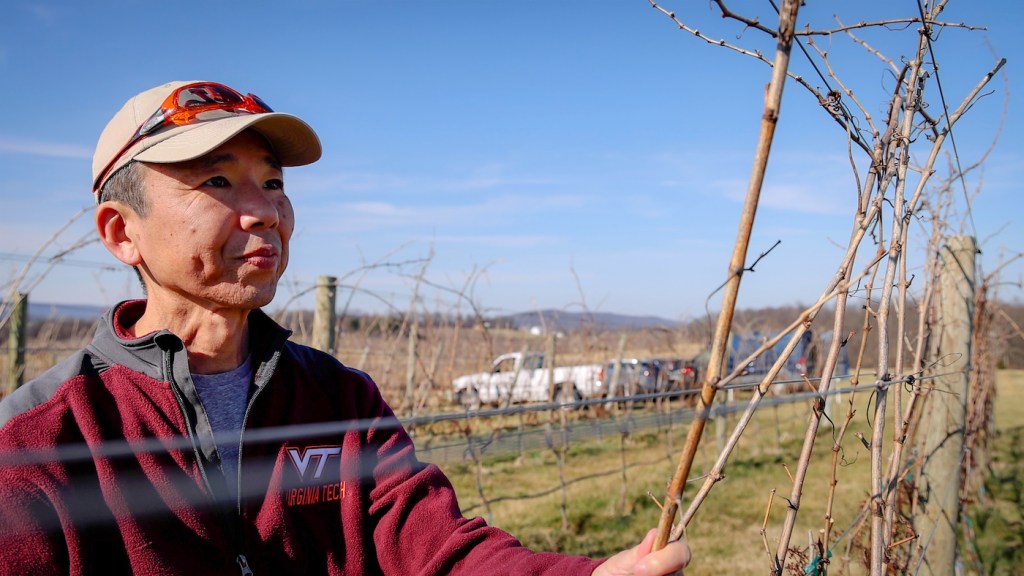
Research in the Canine Olfaction Lab also aims to understand the limits of smell detection, an area that Hall says is under-researched. For example, the often-quoted statistic that canines have 10,000 times more olfactory power than humans isn’t true universally. People can detect some chemicals better than dogs and we identify other smells just as well as our canine counterparts.
There are also limits on substances that dogs are trained to identify. Several years ago, Hall received a call from a government agency he can’t disclose, asking why two detection dogs couldn’t find a large explosive hidden in a suspicious bag. Both dogs were highly trained, certified, and successfully identified those substances in small amounts, but couldn’t reliably detect larger bombs.
That’s because chemicals sometimes smell completely different in high concentrations compared to lower ones. Indole, for example, an aromatic compound often used in perfumes, smells like jasmine and orange blossom in low quantities. But increase the concentration enough and those lovely floral scents will be replaced by the smell of feces. To reliably detect certain smells, dogs must be trained on multiple concentrations.
If the Canine Citizen Science Study can prove that handlers across the US can quickly, cheaply, and effectively teach a broad range of dogs to identify lanternfly eggs, it could help stop the spread and give farmers a powerful, accessible new weapon in the war against these agricultural pests.
“A lot of the state departments or organizations that have spotted lanternfly dogs might have three, maybe four dogs,” Hall says, adding that there are thousands of dogs trained for recreational scent work, many of which could potentially be trained and deployed for pest detection.
Someday, “you could have a detection dog Uber, if you will, where you could call up a dog to scan things before you transport them,” Hall says. “We’re definitely far from that, but that gives you a sense of what our vision is.”
Christina Couch writes about brains, behaviors, and bizarre animals for kids and adults. Her bylines can be found in The New York Times, NOVA, Smithsonian, Vogue.com, Wired Magazine, and Science Friday.